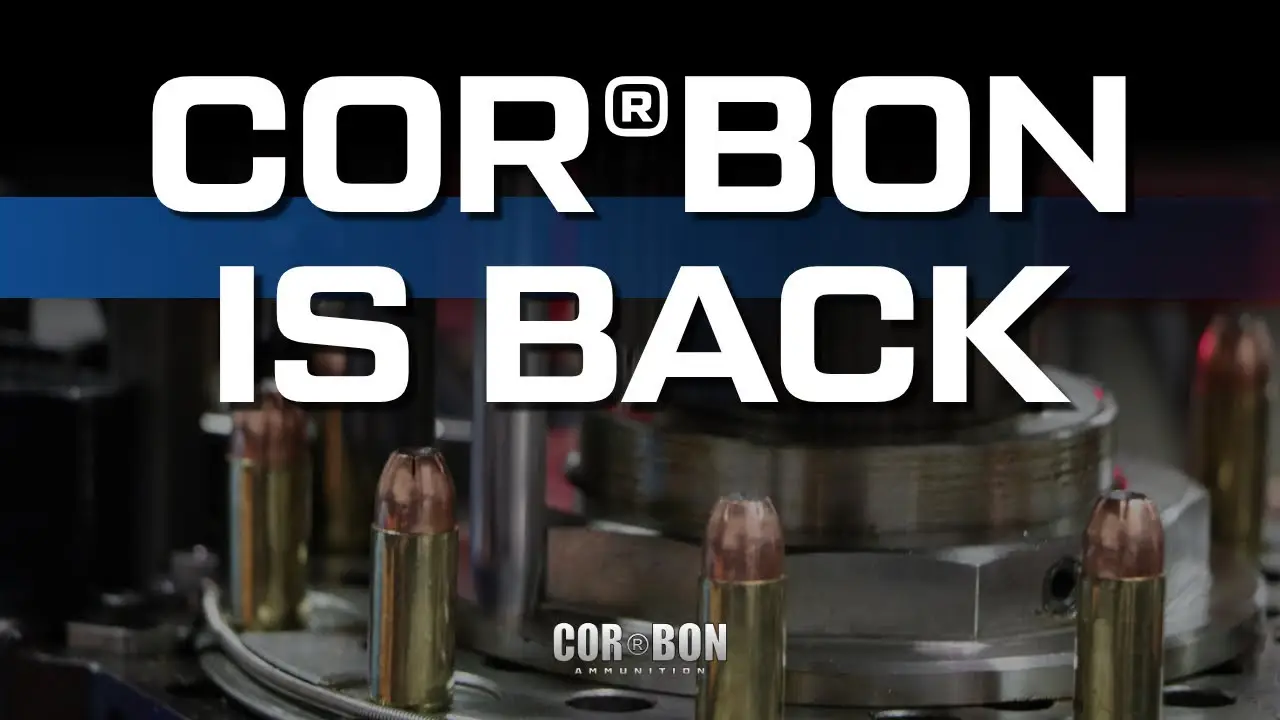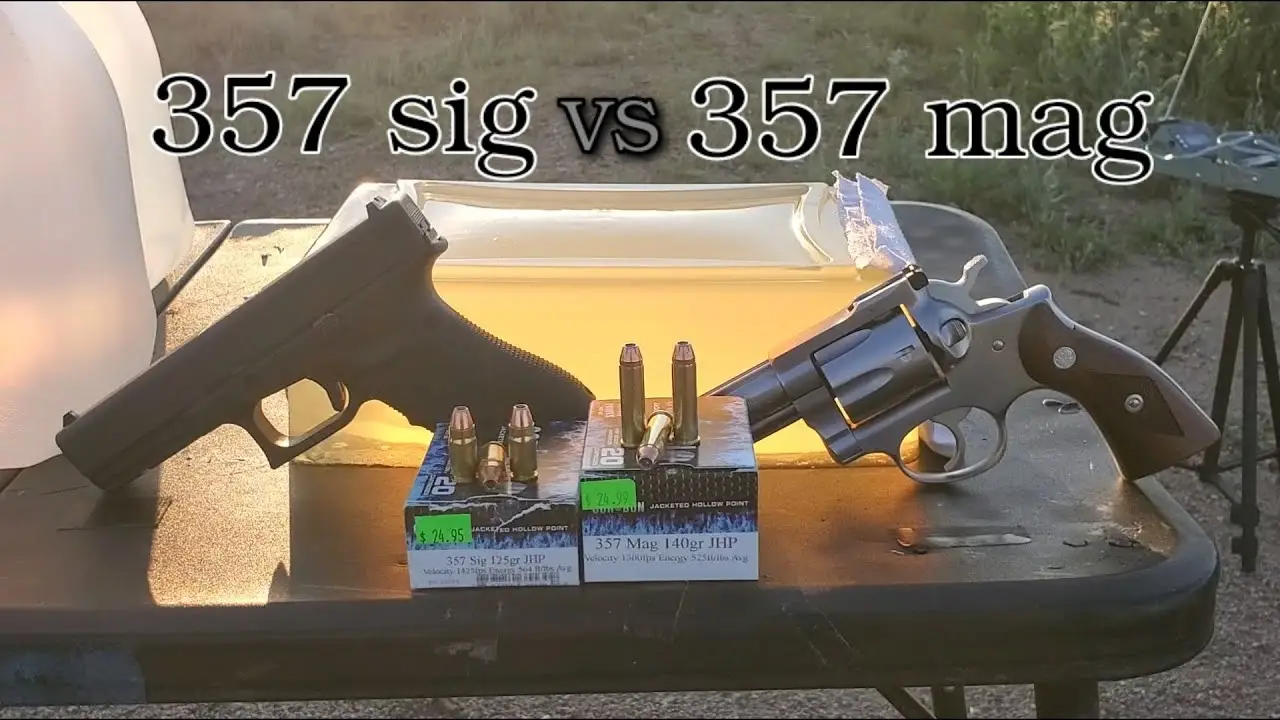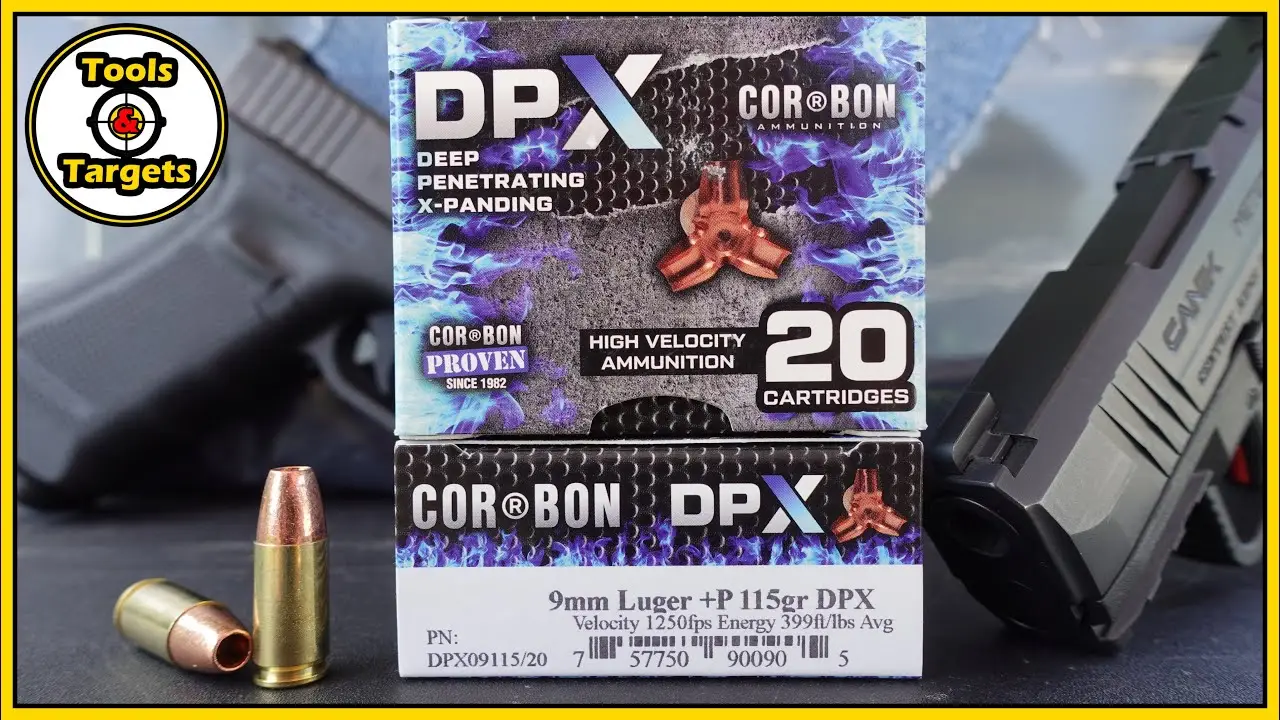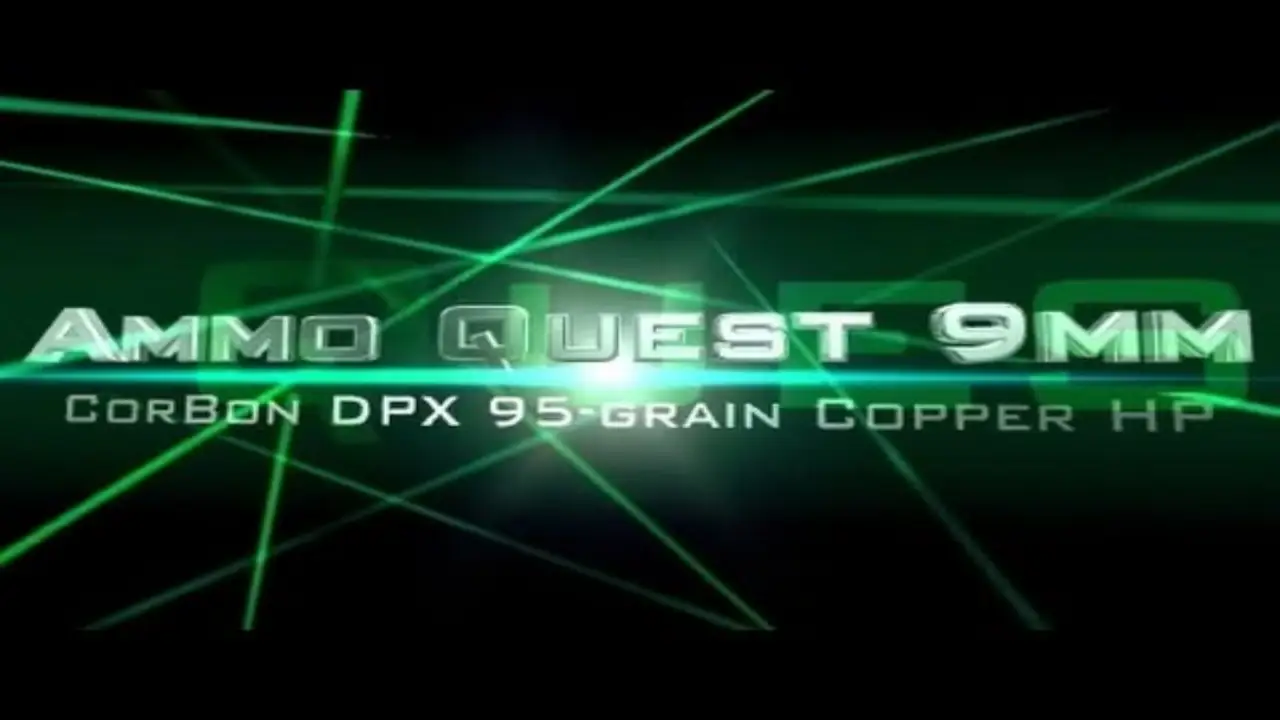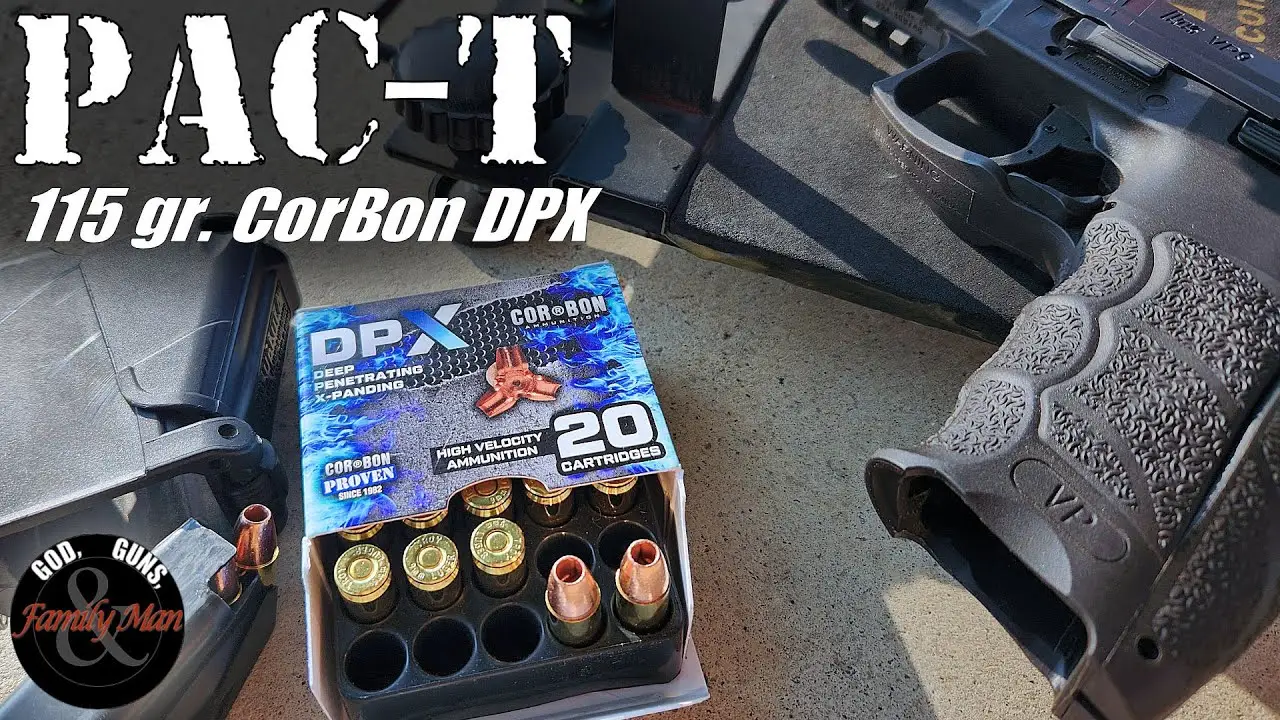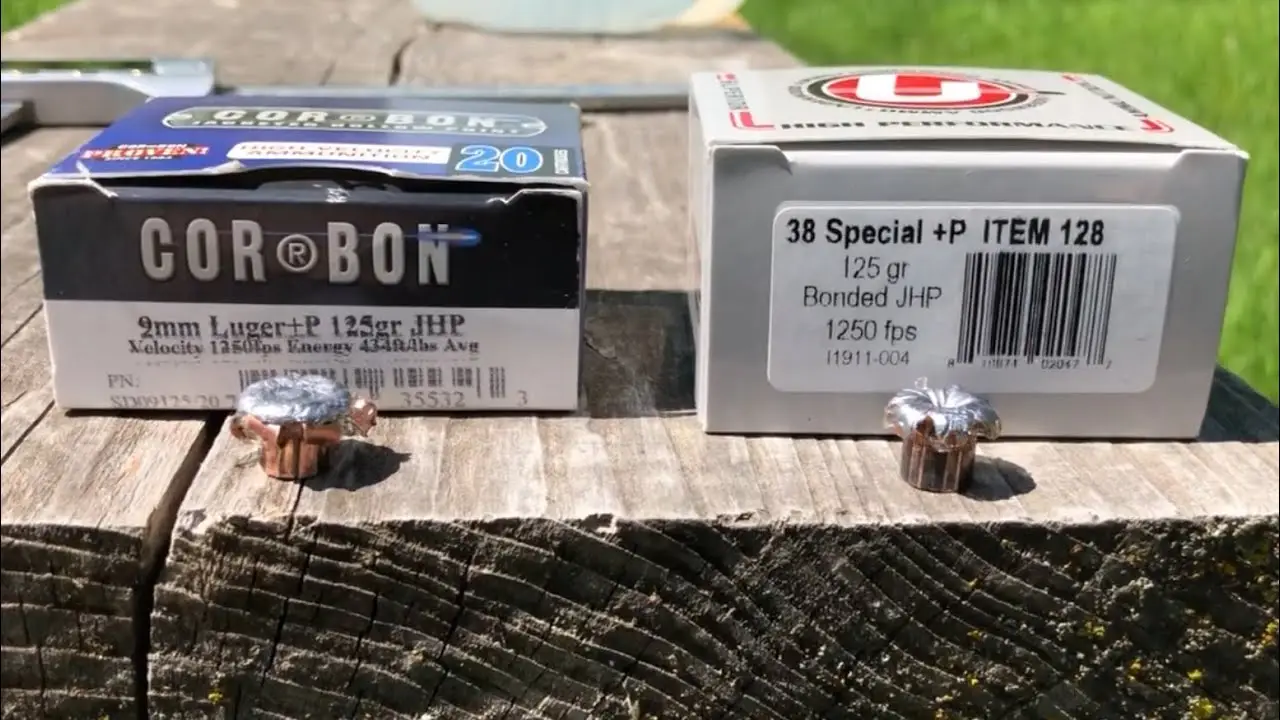Overview
This ballistic test covers an older lot of CorBon 357 SIG 125-grain jacketed hollow point (JHP) fired from a 4.5-inch barrel. The goal was to measure real-world velocity, study its behavior through clothing barriers, and examine penetration and expansion in calibrated gel.
These results help shooters and concealed carriers understand how this retro CorBon load performs compared to current production versions that list the same velocity and bullet weight.
Test Setup
Testing used a Glock 22 fitted with a 4.5-inch Lone Wolf G31 barrel. A LabRadar chronograph recorded muzzle velocity and downrange readings. The gel block was positioned roughly 10 feet from the muzzle, replicating a realistic self-defense distance.
Two barrier types were tested:
-
Heavy clothing: one layer of denim, one of fleece, and two layers of cotton T-shirts.
-
Light clothing: a single cotton T-shirt.
Two calibrated ballistic gel blocks were lined up to track both initial expansion and deeper penetration.
A five-shot string provided velocity data, while one round per barrier was fired into the gel to analyze wound channels and recovered projectiles.
Velocity and Consistency
The CorBon box lists a 1,425 ft/s velocity from a 4-inch test barrel. The average from this 4.5-inch barrel measured 1,391 ft/s.
Although slightly below the rated speed, the load proved remarkably consistent. The extreme spread was only 6 ft/s, and the standard deviation came in at 2.8 ft/s — an impressive level of uniformity.
That small difference in average speed can be explained by normal environmental variations or manufacturing tolerances. Even at 1,391 ft/s, this load remains fast, loud, and energetic — exactly what the 357 SIG is known for.
Gel Results: Penetration and Expansion
Both test rounds showed immediate energy transfer and strong expansion. Fragmentation began almost instantly on impact, producing large wound cavities and deep penetration.
-
Heavy clothing: 19.0 inches of total penetration.
-
T-shirt only: 17.0 inches of total penetration.
These results fall squarely within accepted self-defense performance standards. The gel blocks showed violent disruption and secondary fragment trails extending several inches.
Recovered bullet weights confirmed the difference between the two barriers. The heavy-clothing projectile weighed 101.0 grains, while the T-shirt shot retained 89.4 grains. The lighter weight indicates greater jacket loss and fragmentation.
Expansion measurements also varied slightly. The heavy-clothing bullet expanded to about 0.46 inches, while the T-shirt shot reached 0.49 to 0.52 inches, mostly due to jagged jacket edges and wider spread fragments.
Projectile Condition and Fragmentation Pattern
The heavy-clothing round stayed more intact, keeping most of its jacket folded around the base. The T-shirt shot shed more material and scattered fragments throughout the first block.
Both bullets created wide, irregular wound paths and strong cavitation. The heavy-clothing bullet left a solid, unified mushroom, while the T-shirt shot produced more metallic shards and a rougher cavity.
This contrast highlights how clothing density can influence bullet mechanics. Thicker material sometimes slows expansion just enough to keep the projectile together longer, while light barriers allow it to open violently and shed more mass.
Practical Takeaways
The older CorBon 357 SIG 125-grain JHP shows why this caliber earned its reputation for high energy and rapid expansion. It hits hard, penetrates deeply, and transfers energy almost instantly.
While fragmentation reduces retained weight, it also increases the number of wound channels — a trait valued in close-range defensive use. The 17–19 inch penetration range fits squarely within FBI and independent testing guidelines, making this load a strong self-defense option.
Consistent velocity is another major advantage. Shot-to-shot uniformity helps ensure predictable accuracy and performance, an essential factor in real-world carry situations.
Comparison and Future Testing
This test used a retro production lot, and CorBon’s current 125-grain 357 SIG JHP still lists the same velocity and bullet weight. Modern versions may differ in jacket bonding or material composition.
For the most accurate comparison, shooters should test a box of current production through their own firearm and under similar conditions. Testing multiple rounds will reveal whether results remain consistent or if design tweaks have altered expansion or fragmentation behavior.
Conclusion
The CorBon 357 SIG 125-grain JHP proved to be a fast, consistent, and effective round in ballistic gel. The heavy-clothing shot penetrated 19 inches and retained more mass, while the T-shirt shot penetrated 17 inches and fragmented more aggressively.
Both rounds delivered excellent terminal performance with early energy transfer and strong wound channels. Although slightly below its rated velocity, the load remained exceptionally consistent and powerful.
For anyone seeking a proven 357 SIG load with rapid expansion and deep penetration, this CorBon JHP remains an impressive performer — a true classic that still holds its ground today.

John Doe
Lorem ipsum dolor sit amet consectetur adipiscing elit dolor

